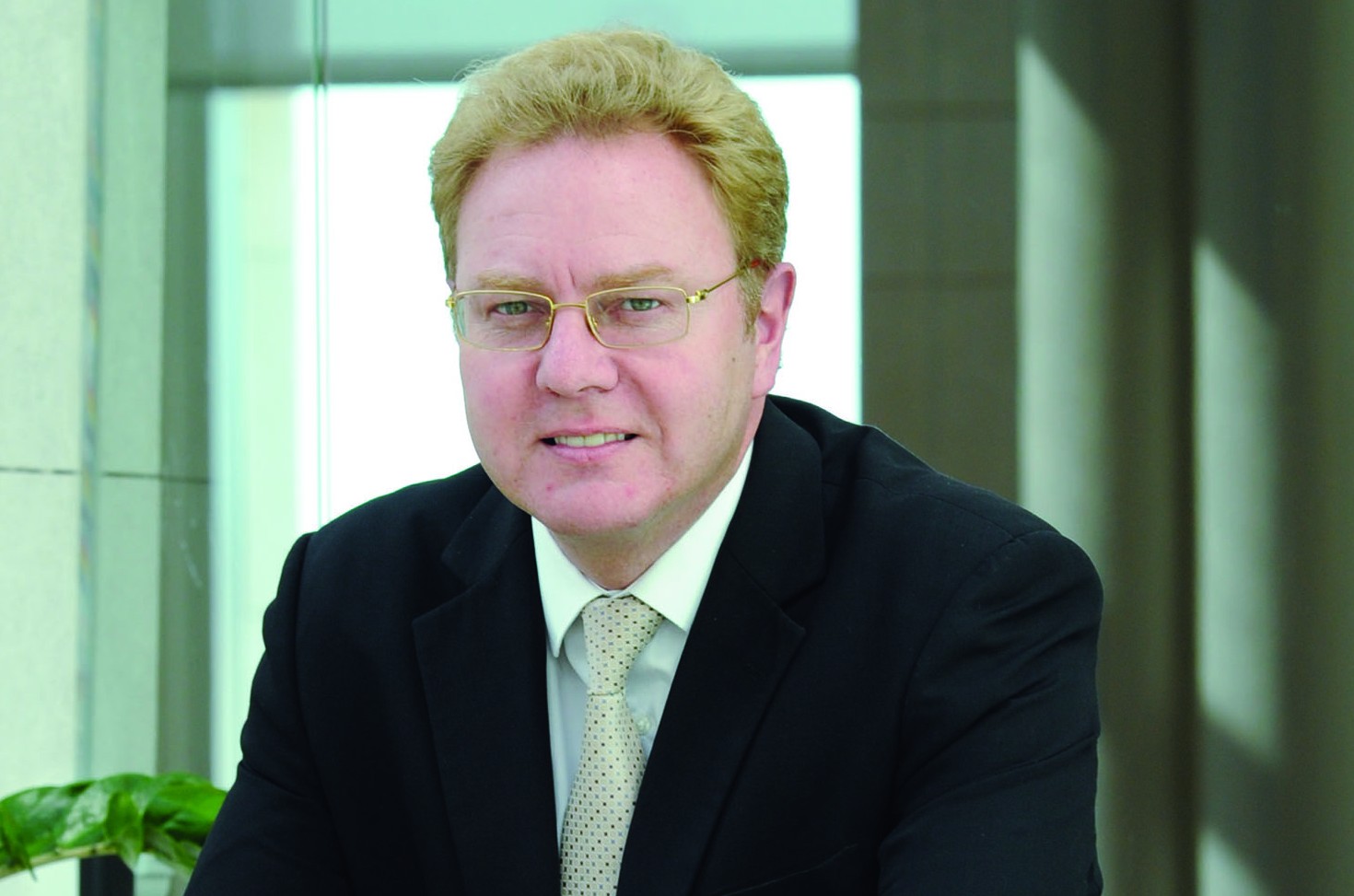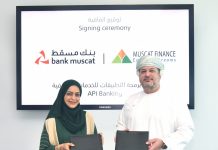Ahlibank maintained a steady performance despite strong headwinds in 2017, says CEO, Lloyd Maddock
How was Ahlibank’s financial performance in 2017?
On the whole it was satisfactory. From the bank’s point of view the level of funding increased, delinquencies and provisions increased. We saw higher delinquencies in the consumer lending book while the corporate book was pretty stable. In Ahlibank we were able to achieve our targeted return on equity of 10 per cent. We are still best in class in cost efficiency of around 35 per cent and NPLs which is one per cent. Despite the fluctuation in the net interest margin, the average return on assets was stable as well. The culmination of that was that we recorded a smaller net profit in 2017, but we were able to increase our dividend payout for our shareholders. On the whole it was a satisfactory year in a challenging environment.
What were the major milestones during the year? Can you talk about the measures to enhance retailing, ATM and CDM networks of the bank?
One milestone was that we raised an alternative Tier 1 perpetual bond of RO50mn. This boosted our equity by 20 per cent and provided for further growth in the balance sheet as we go forward. We are looking at deploying this in the next 18 months, if we achieve our targeted growth. In addition to that we are working on our direct channels, so we are replacing ATMs with what we call full function machines, which has enhanced features like depositing cheques, cash, payment of bills and making transfers. The year 2017 was a year of being stable and planning. This year we plan to expand our branches by potentially upto five new branches, both Islamic and conventional. We also launched a range of bancassurance products, with a tie up with Takaful Oman. So in that way we are looking at supporting alternative channels and to increase insurance products. This year should be exciting, we should be increasing our headcount and branches and moving forward. We have 20 branches as of now out of which seven are Islamic.
How was your retail and corporate lending during the year?
If you look at retail lending it is capped at six per cent, so you are seeing an increase in your cost of funding, on top of that funding there is a CBO regulation. Margins on retail lending really narrowed, so we maintained a stable level. We focused on raising customer deposits so we relaunched MyHassad, which was a prize scheme and we substantially increased the prize pot. We launched a Salary for Life programme with a prize money of RO250,000 over ten years. The lucky winner can take a lump sum or claim it on a monthly basis. On the Islamic banking side we have a product called Al Nama where we pay a reasonably high profit rate for larger deposits. So the focus is very much on current account and savings account (CASA) and that worked reasonably well. In terms of corporate loans we grew our book by 10 per cent and crossed the billion rial mark for corporate loans for the first time and that momentum has continued this year. Most of these were bilateral customer loans, we also participated in one or two syndications. Our retail book was flat on the asset side but it grew by 20 per cent on the deposit side.
In what ways is Ahlibank supporting SMEs in Oman?
We have reached under four per cent of our lending out of the mandated five per cent lending to SMEs, but the book remains flat. As our corporate book grew significantly, the goal post of reaching five per cent moved further. If we approximate that the lending of banks is RO20bn rials, then five per cent of that translates to RO1bn or $2.5bn, which is a huge number. Most banks are working or are lending around four per cent of their lending book to SMEs, which suggests that around $2bn is being put out to SMEs, based on a back of the envelope calculation. We are working towards it and have had a good experience with SMEs. The lending margins are a bit higher and the provisioning requirements were a bit lower under the previous accounting standard, but this will change. We are pleased to be in this line of business and we offer a full range of services both Islamic and conventional.
How was the performance of the bank’s Islamic banking window during the year?
Our Islamic Finance book constitutes about 25 per cent of our balance sheet and it produces around 25 per cent of Ahlibank’s bottomline. The challenge that we and the industry faces in terms of Islamic finance to continue its growth is that it has 12 per cent market share as of now in terms of loans and deposits. Our institutional depositors are cautious about placing or depositing money Islamically, because what we can offer is an expected profit rate, but if they place money conventionally we can tell them the exact rate of interest. So this is a concern area for them, as they want certainty, but this is an ongoing discussion and we see a number of pension funds placing money Islamically. On the lending side there are regulatory caps on the percentage of lending that can be real estate related. In many cases we may be lending money Islamically not for real estate, but real estate usually plays some part of the structure of the transaction. For the industry to grow these ratios like personal finance, corporate finance, exposure to real estate need to be reconsidered.
What were the major HR and Omanisation initiatives taken by the Bank?
As far as the bank goes, we are 92 per cent Omanised. There is a directive from CBO that at the senior management level that is assistant general manager and above or direct reports to the CEO should achieve 90 per cent Omanisation as well, and we are already compliant. A lot of our senior expatriate staff have moved on in the last one year and their positions have been taken by Omanis whom we have trained and groomed over the last three years. We will achieve the 90 per cent mark by December 2018. We are looking at hiring more Omanis through our management trainee programme.
What were the major challenges that the banking industry faces?
The cost of funding has increased institutionally both from the government which contributes a third of the deposit base and the general populace. The economy is challenging and the level of provisioning has also increased. Liquidity in terms of Omani rials has improved. On the dollar side, if you look at the US, the number three is really significant. One, because inflation is ticking upto three per cent. Second, the yield from the ten year Treasury bond is reaching three per cent and finally unemployment in the US is decreasing to three per cent. Considering these it is expected that the Federal Reserve will increase interest rates by three or four times. So for customers, both their existing and future borrowings are going to be more expensive regardless of what banks do on margins. It needs to be seen as to how banks and customers deal with that scenario. That will have an impact on the sovereign level as well, but what we see encouragingly is that when we speak to overseas international banks they still have a good appetite for Oman based risk and they are willing to provide bilateral lines to ourselves at pretty much the same rates.
Given these factors, how do you anticipate the business outlook for 2018?
We are seeing good momentum on the corporate side and we will be a bit more aggressive on the retail side. We will be opening more branches and hire more people, so we will be incurring more costs, but with a five year strategic view. Going forward we will probably be opening branches every year as we feel that we now need to have critical mass. We will be opening an Islamic branch in Sinaw and a conventional branch in Al Buraimi and probably another Islamic branch in Nizwa. We are also looking at Salalah. We are aware that we need to have branches in remote areas.






